Bowling Lane Wood Type

This provides a more consistent shot than traditional wood lanes.
Bowling lane wood type. Oil based finishes are tough and may cover the wood with multiple coats which must be removed before recycling. Following 1895 most lanes were made of wood conditioned for durability which players used in conjunction with lithium bowling balls. Before the founding of the american bowling congress in 1895 little regularity existed in terms of bowling lane dimensions or materials. What type of flooring is used in bowling alleys.
This is used bowling alley wood and it is available in various sizes and designs these pieces were once the main part of the bowling lane at your local bowling alley. Since wood lanes aren t as hard or slick it s easy to use a bowling ball that has a plastic or polyester coverstock without worrying about a loss of control. There are two types of bowling lanes used in all kinds of bowling alleys according to the material used in them. Designs include a single line of dots with no arrows plain design dots design arrow design or tongue and groove design.
The wood used for the construction of bowling lanes coated with plastic film or urethane which makes their surface softest especially when plastic coated. I recently moved into my first house and was in need of a dining room table. Wood with epoxy urethane lane finish normally this type of lane surface is just a bit harder than water based finish but will still have a lot of friction again making the bowling ball read earlier than intended. Bowling lane wood is typically finished with some type of oil based polyurethane.
Some balls even do. Reclaimed bowling lane table. This type of lane surface is very soft and will have a lot of friction making any bowling ball read earlier than intended. Aug 13 2017 a bowling alley is one commercial flooring that takes the hardest beating.
Bowling lanes can be made of wood wood with overlays or synthetic material. All lanes require oil to be applied to a portion of the lane to protect the lane surface from the friction of the bowling ball. Generally speaking wood lanes are more forgiving than synthetic lanes are but the amount of oil on a wood lane can greatly impact the movement and control that a bowler has when bowling. It is constantly taking the brunt of bowling balls that can weigh up to 16 pounds rolling down their surface.
I saw a picture of a table that used an old section of bowling lane for its top and decided that i d like to build something similar for myself.
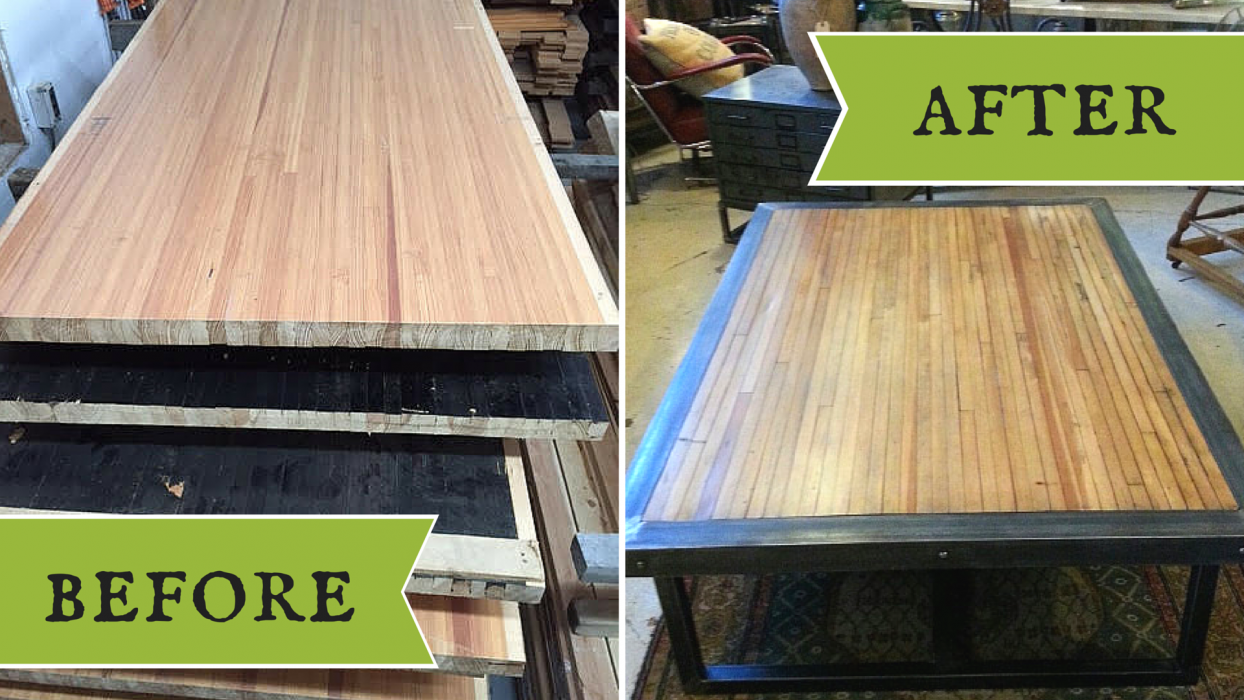



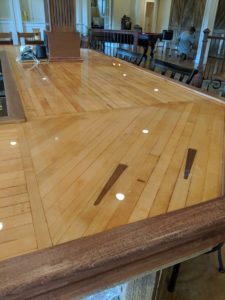

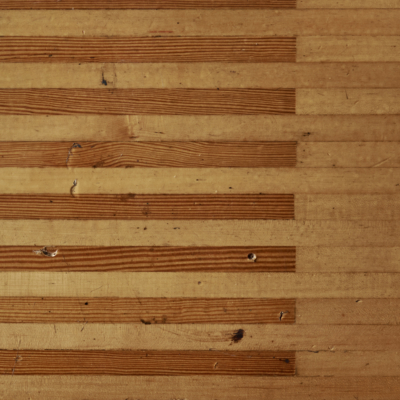


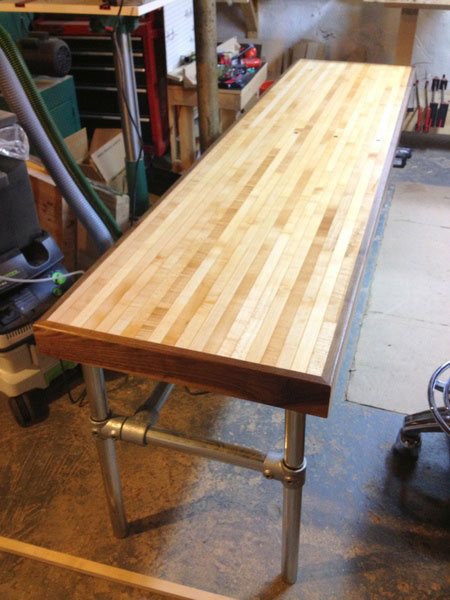



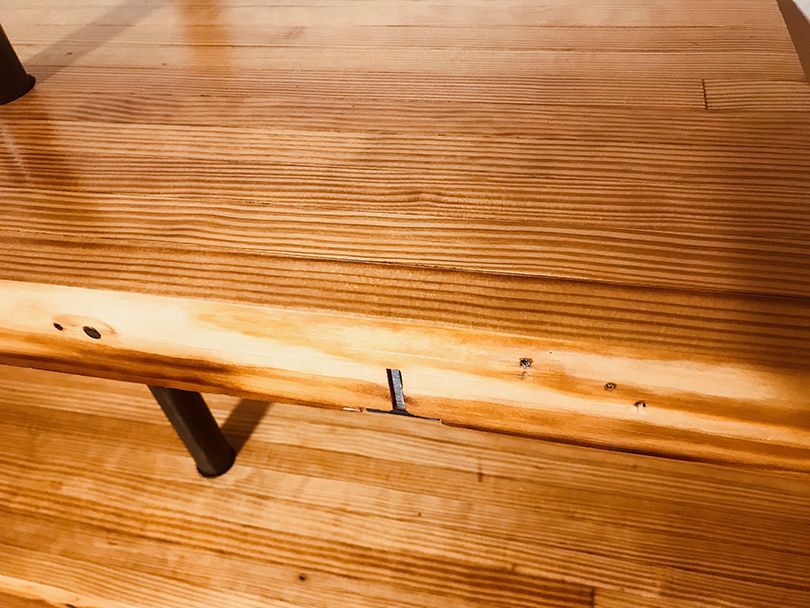
2.png)



